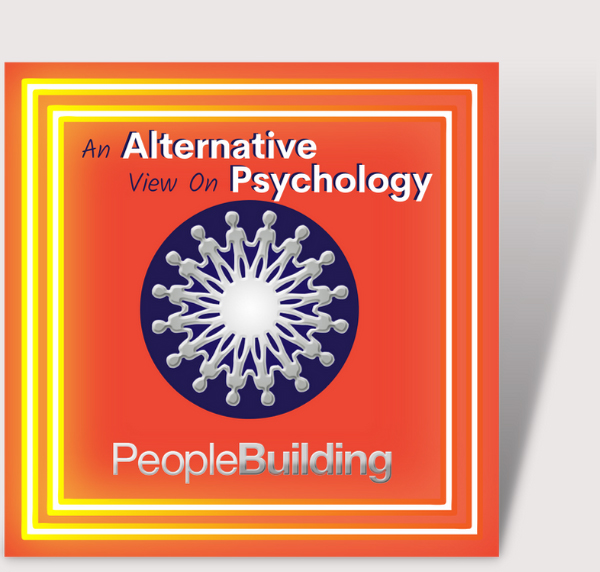Even after the cause of frustration is resolved for a young person, they may still have to deal with the physical effects. All that energy has to go somewhere. You may have noticed in the classroom how this might get taken out on or an object or by punching a wall for example. This last option can lead down the road to self-harm.
The other alternative is to suppress the energy until the next time they’re angry. This may mean they release so much pent up emotion that they overreact to the situation. Realising this can lead to feelings of shame when they reflect on their actions and to then further repress their feelings for the next time around. The other hand just letting their frustration go in an uncontrolled fashion can lead to verbal aggression or physical abuse.
There’s a flip side to frustration because of the energy it creates, it can be pleasurable. This feeling is reinforced if another person’s response gives them a sense of power. It’s important to acknowledge and keep an eye on this side of the problem as it can have an almost addictive element. We know that certain emotions can be addictive and that they can give some sort of payoffs.
One of the main things you can start doing is diffusing any individual triggers. Any positive anchors you create have to be significantly more intense than any frustration that they might feel.
Only then will the negative emotion become collapsed by the overwhelming positive resource anchor. Now that positive resourcing to really does have to be significantly more intense than the negative one because if your negative anchor is more intense than your positive one, it will collapse the positive one. If you need to know more about anchoring processes, get yourself booked onto the NLP Practitioner for Educators Course.
Anchoring emotional states are frequently underrated but given that these are naturally occurring feature in human beings, we may as well put them to positive use and learn the ways in which we can collapse the old, unwanted ones that cause problems for ourselves or the people we want to work with.
If you were going to be working with some really big frustration I would recommend thinking of something that is moderately better, rather than striving for a positive emotion which is far off an unachievable. It’s probably easy to get to a state of ‘whatever’ from frustration more so that it is to get to ‘joy’, for example. You can then design some stepping stones taking them from the very bad state through moderately better ones each time, before deciding where you want to end up eventually. It’s easier to write this down on a piece of paper. So, you start off with the frustration written down and then ‘whatever’, then happiness and finally joy.
Using the NLP chaining anchors process, you can then embed each of those emotions in sequence so that in the future they very quickly move through those four or five states that you’ve anchored.
People Building in an NLP and personal development training company for teachers and professionals working in education.
For more information about our courses designed to reduce stress in teachers and avoid ‘teacher burn-out’, contact us on 0345 3192 666
By Gemma Bailey
www.peoplebuilding.co.uk


